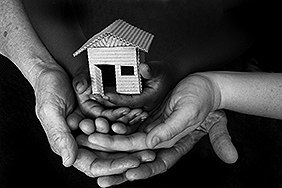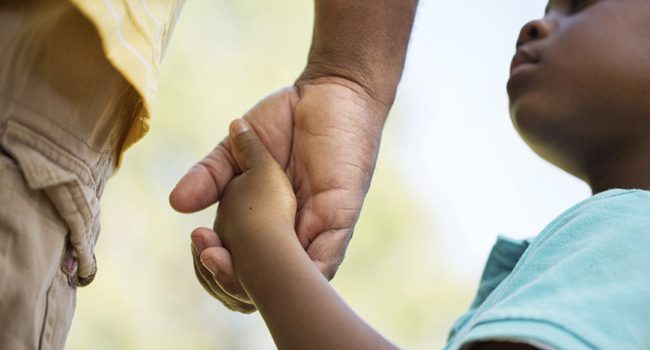June 17th was the darkest of nights. A white man slaughtered nine black people during worship. Our nation’s soul is sick, threatened by an ancient malignancy.
We continue to search for the words to make sense of it all. Young black men are taking to their posts with anguish and outrage. Ta-Nehisi Coates demanded that South Carolina banish the Confederate flag. It “cannot be divorced from the ideology of white supremacy” he wrote—the animus for Dylan Roof’s “human sacrifice.”
Jelani Cobb contemplated this “horrific act of desecration,” one in a “lineage” of “modern mass shooting.” He dispassionately described our human ecosystem:
We periodically mourn the deaths of a group of Americans who die at the hands of another armed American. We periodically witness racial injustices that inspire anger in the streets. And sometimes we witness both. This is, quite simply, how we now live.
This is, quite simply, how we now live. Innocent people slaughtered in a sacred place. Home-grown terrorism, Jon Stewart called it, echoing Remi Kanazi, a Palestinian-American activist and poet. “A white supremacist massacres 9 black people in Charleston,” Kanazi wrote, on Twitter. It is a hate crime, it is terrorism, it is America 2015.” Cobb reminded us in his 140 characters that the “first anti-terrorism law in U.S. history was the Klan Control Act.”
Another voice issued forth: Charles Cotton, a veteran board member of the National Rifle Association, blamed it all on Clementa Pinckney, the slain pastor, who had opposed looser concealed-weapons laws.
No one mentioned the kids we’re supposed to be growing in this toxic environment.
In 2013, the year that George Zimmerman was acquitted of second-degree murder in the death of Trayvon Martin, the National Black Child Development Institute released Being Black is Not A Risk Factor, a manifesto of equal parts rage and hope. After years of focus on the so-called ” cultural deprivation” and myriad challenges of children of color, it was finally time to take a strengths-based approach, one of celebration and appreciation. A noble, and most welcome, effort.
Barbara Bowman, an editor of the seminal report, Eager to Learn, an early childhood elder stateswoman, and the mother of Valerie Jarrett (senior advisor to Obama), launched a frontal attack on the deficit model. She highlighted the ongoing legacy of segregation and discrimination, which feeds a poverty of the body and spirit that carries significant and mental dangers. Bowman wrote of poorly resourced communities, with lousy schools and housing, meager employment opportunities, and a hostile world.
What about that “hostile world”? We’ve become a society in which parental incarceration is the stuff of Sesame Street, updated for the digital age—an attempt to explain “life’s difficulties” to preschoolers. Including that shooting right down the street. Or the loop of violent images flashing across the television screen. And when they leave home? Today, little black boys are being suspended from preschool at an alarming rate. While black children comprise only 18 percent of the U.S. preschool population, they represent nearly half of all kids suspended once, with boys claiming three out of four suspensions.
Last summer, Tunette Powell, co-founder of The Truth Heals, an organization for individuals and families affected by fatherlessness, dropped a bomb at the Washington Post. Her adorable three- and four-year-old sons, who are not fatherless, had been suspended a combined total of 8 times—for inappropriate, but not atypical, behavior, including throwing a chair.
Powell blamed herself; maybe her own negative attitudes about school had somehow gotten into the mix. But then she went to a birthday party for one of her son’s classmates, and confessed that her son had been suspended three times. The mothers were shocked. One woman reported that her child’s offense—he had thrown something at a kid, who had to be rushed to the hospital—had merited only a phone call.The other mothers chimed in with their offspring’s offenses, some of them much worse; none of the children had been suspended.
“We can no longer put a Band-Aid on our nation’s preschool-to-prison pipeline,” Powell wrote. She had uncovered an illuminating study in the Journal of Personality and Social Psychology:
the subjects — mostly white, female undergraduates — viewed black boys as older and less innocent than their white peers. When photos of children were paired with descriptions of crimes, the subjects judged the black children to be more culpable for their actions than their white or Latino counterparts and estimated that they were an average of 4.5 years older than they actually were. Authority figures strip black boys of their innocence at younger ages than white children..
Powell continues to speak truth to power, but she needs company. Being black is still a risk factor in America in 2015.


